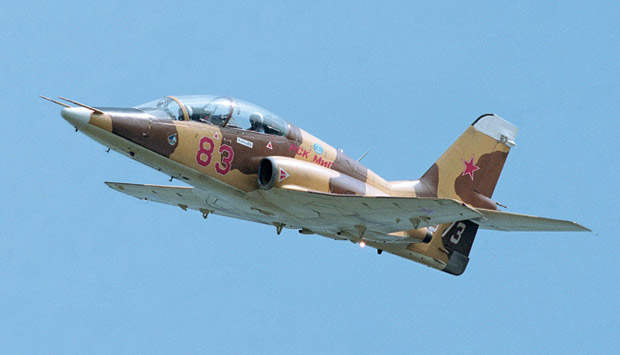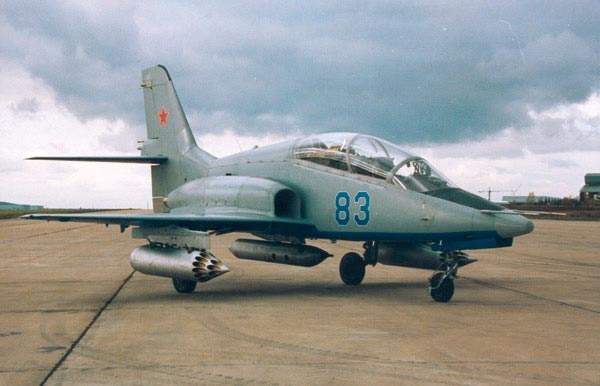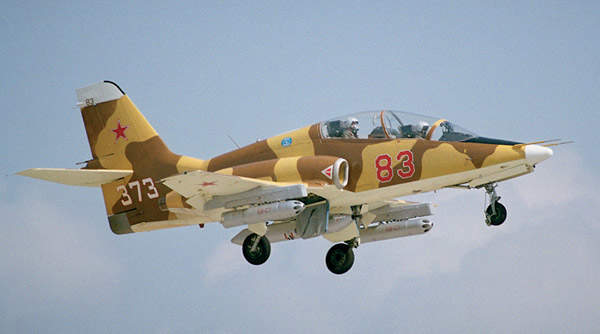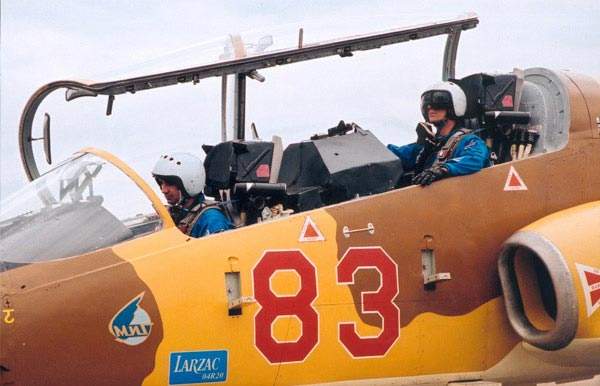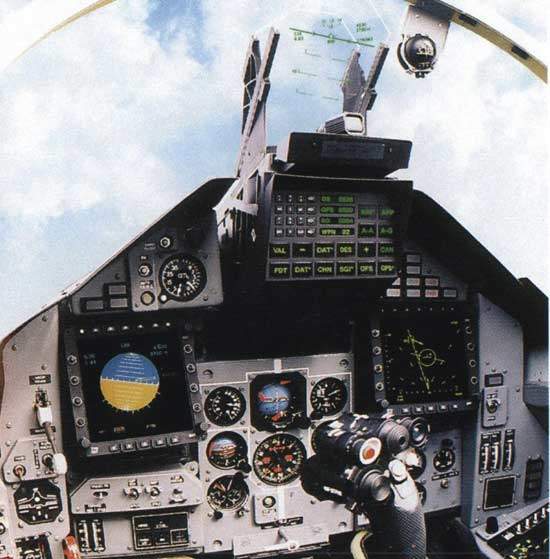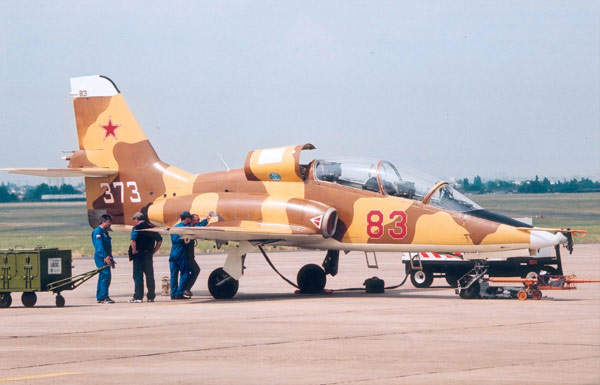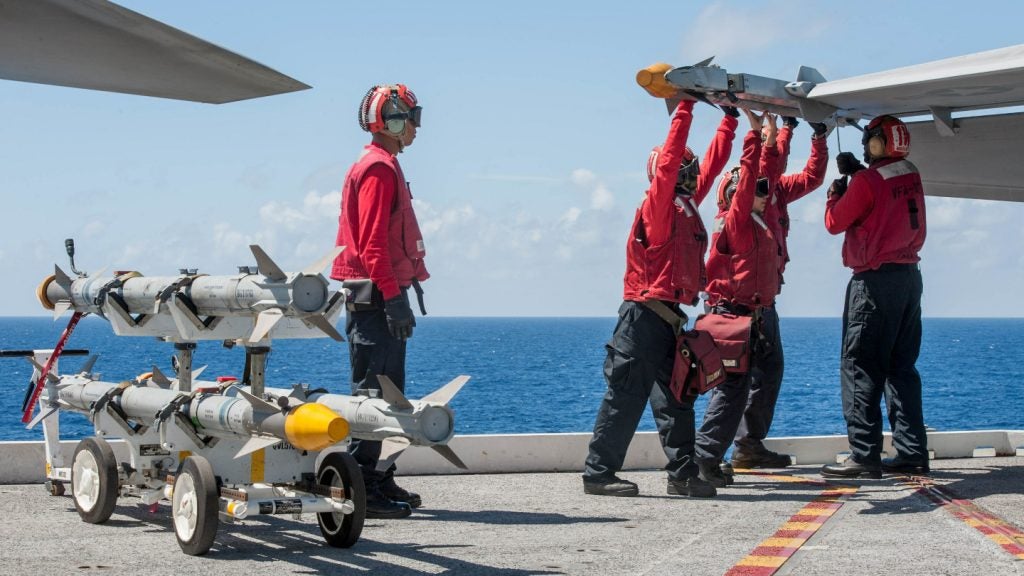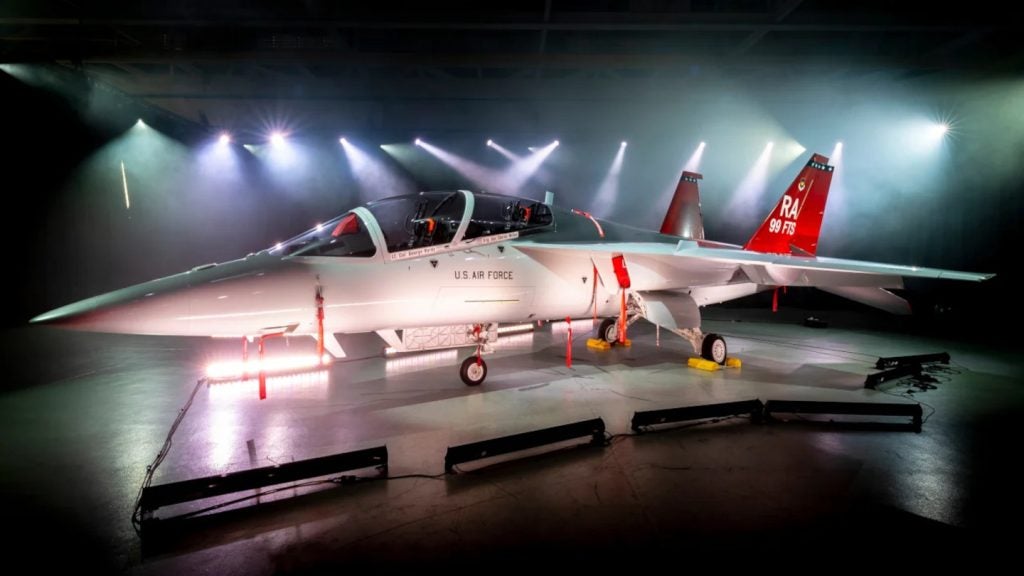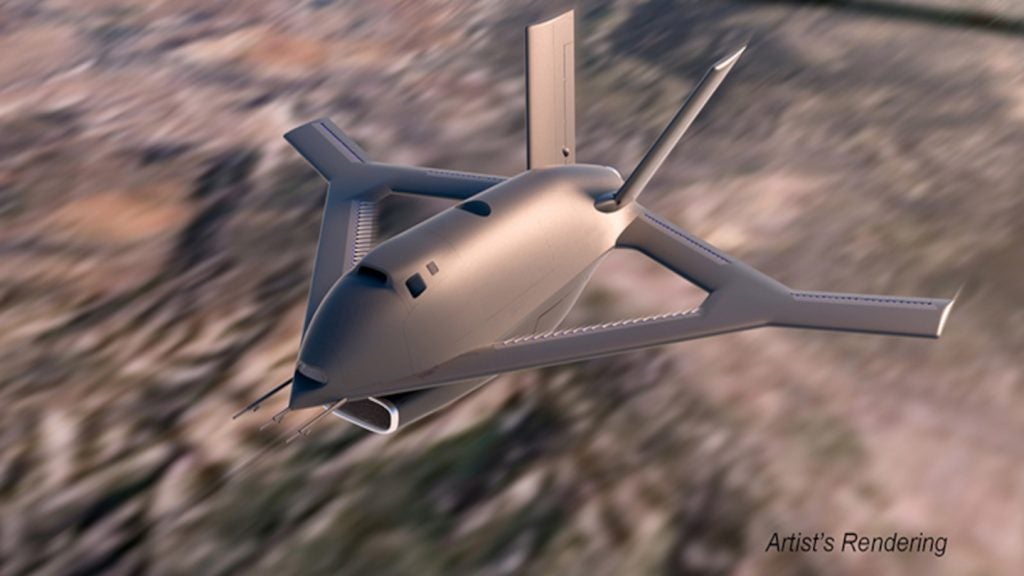The MiG-AT advanced flight and combat trainer aircraft first flew in 1996. The aircraft is developed by RSK MiG.
The MiG-AT trainer aircraft is being actively marketed. The aircraft was evaluated for the Russian Air Force and demonstrations were carried out for the Indian Air Force but the aircraft was not selected. Development is complete and the aircraft is ready for production.
The MiG-AT is part of a complete combat trainer system including simulators, computerised classrooms, task-based simulators and interactive video training. The aircraft has manoeuvrability comparable to a range of front-line combat aircraft including the MiG-29, Su-27, Mirage-2000, Rafale, Typhoon, F-15, F-16 and F/A-18.
RSK MiG has supplied and supports over 6,000 MiG fighter aircraft that are in service worldwide. The development of the trainer has been based on the extensive experience and technologies evolved. The MiG-AT trainer has been developed with the European companies SNECMA (Safran), Turbomeca and Thales Avionics. The avionics and weapons systems can be installed according to the customer country’s operational requirements.
MiG-AT training manoeuvres
The aircraft has a digital three-channel quadruple redundant Avionika KSU-821 fly-by-wire system. The system allows the variation of aircraft controllability characteristics in order to simulate the flight behaviour of different classes of aircraft from agile fighter to heavy ground attack aircraft. The customer country can specify the required operational training modes for named Russian and non-Russian combat aircraft.
The fly-by-wire system allows the airborne computer to monitor the flight envelope and contributes to flight safety by preventing the trainee pilot from carrying out manoeuvres that exceed critical flight conditions.
Pilots can train in flight manoeuvres, ground attack, interception and combat manoeuvres. Flight training contains over thirty manoeuvres, including in-flight refuelling and the roller manoeuvre. The roll landing manoeuvre, landing by rear wheels with the fuselage nearly level, is used in gusty conditions or to avoid the risk of severe bounce.
Ground attack training includes diving attacks to a maximum angle of 25° and precision circular approaches. Training manoeuvres include sustained turns to a g-limit of +8g for advanced training and 4.5g for basic training, at speed Mach 0.85. Pilots can be trained in interception and combat manoeuvring including loitering, directed interceptions, close combat and medium- and long-range attack manoeuvres in Visual and Instrument Meteorological Conditions (VMC and IMC).
The aircraft incorporates on-board simulators for a range of weather conditions, air and ground scenarios, hostile target manoeuvres and aircraft system failures.
MiG-ATC combat trainer
The combat trainer version of the aircraft, the MiG-ATC, can be equipped with a multimode radar and systems suite for launching guided and unguided weapons for combat training against air, ground and sea targets.
The aircraft has nine hard points for carrying external stores up to 2,000kg. Guns, bombs, rockets, guided and unguided missiles can be carried. Missiles include the R-73E, R-77, the AIM-9L Sidewinder or Magic air-to-air missiles.
Ground and surface attack missiles include the Kh-31 AE/PE, Kh-29TD and the Vikhr anti-tank missile.
Available rocket pod fits include the UB-16 for 57mm rockets and UB-8M for 80mm rockets. The aircraft can deliver cluster bombs and bombs up to 500kg.
The UPK-23 twin-barrelled 23mm gun pod UPK-23 can also be carried.
MiG-AT cockpit
The cockpit seats two crew in tandem configuration with the rear seat raised by 40cm. The Zvezda K-93L zero/zero ejection seats can eject safely from zero speed to 900km/h. The minimum altitude for inverted flight ejection is 50m.
The avionics systems integration is carried out by the GoSNIIAS Avionics Research Institute and by the French company Thales Avionics (formerly Sextant Avionique). The flight control system has a multiple redundant air data computer, autopilot, auto-throttle and stall protection. The avionics are connected by a 1553B-equivalent high-speed databus. A Thales TopFlight avionics system can also be fitted.
The front cockpit is equipped with a wide-field head-up display showing colour video and television camera imagery. Both cockpits are equipped with MFD 55 multifunction colour liquid crystal displays and helmet-mounted displays.
Construction
The low wing monoplane aircraft is built with provision for catapult launch and an arrester hook for supply in an aircraft carrier-borne configuration, which can be fitted with a 6.60m-span folding wing. The two-seat tandem cockpit is fitted with a bird-proof single piece canopy.
Turbomeca-SNECMA Larzac 04-R20 turbofan engines
The MiG-AT is fitted with two Turbomeca-SNECMA Larzac 04-R20 turbofan engines each rated at 1,440kgf (14.40kN). For primary training the engine rating can be adjusted down to about 9kN.
The engines are equipped with MRT-931 Full Authority Digital Electronic Control (FADEC). An engine bleed fuel-pressurisation system allows high-altitude operation up to 14,000m. An alternative 16.7kN thrust Larzac 04-Y3 engine can be fitted.
Landing gear
The aircraft is fitted with retractable tricycle-type landing gear driven by Messier-Bugatti hydraulic pumps. Each unit has single wheels. The main landing gear is wide-tracked at 3.8m, allowing operation from unpaved runways.

